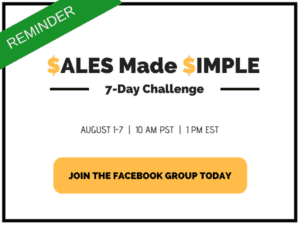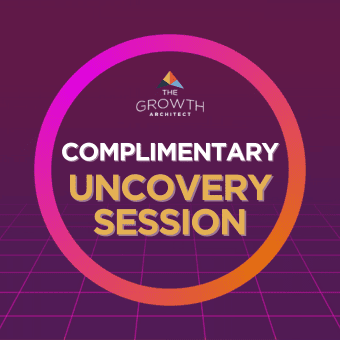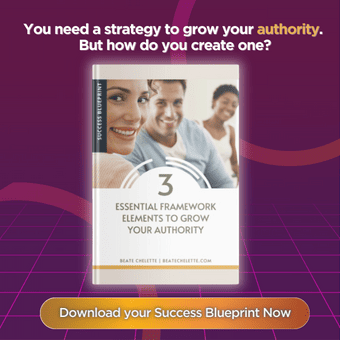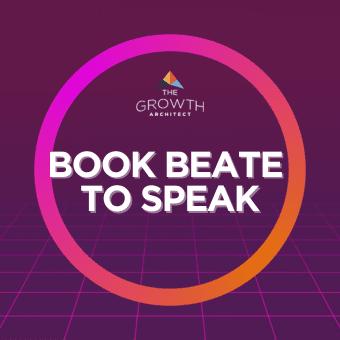The Entrepreneur & Small Business Forum group on LinkedIn just reached 50,000 members. Yay to Antonio Brito from AP who was #50,000! We’ve been voted 1 of the 20 business groups on LinkedIn that every business owner should join. Here’s what I have learned so far in managing such group:
How to manage LinkedIn groups efficiently
Be clear about who you want in your group. Decide if you want an open or closed group. I do not recommend an open group as you will be inundated with spam. After you decide the type of group that is most beneficial for your business, give your group a name. Make sure in your About This Group section you specify who this group is right for. You want to be very clear about the kind of person you want in your group. The more clearly defined this is, the more active the conversations will be. It helps you to set the standard of who gets in and who doesn’t fit.
Do not feel bad about declining people into your group. I decline many and with 100+ requests per day, we have to! You should decline if:
- it is not a person but a business (you’ll get spammed immediately),
- the profile is incomplete (no photo, no title, no headline), or
- you know the “type.”
For example, in my group, we attract a lot of website, SEO, App, and clipping path service businesses who want to market to my group. You can spot a problem by looking for misrepresentation in the profile. You may find a person’s title says Owner or Entrepreneur but when you open the profile preview it shows under the current position that they have been an employee for several years and for example, work in marketing. People who have profile mismatches don’t get accepted. It takes more time, but double checking saves you having to remove them in a week.
Size matters. Larger groups are harder to manage and take more time. The growth of my group happened over the course of several years and three name changes. Yes, you can change the name of the group. First, I started with a narrowly-defined group for PhotoBizCoach (because that was my business at the time), then Creative Entrepreneur Forum (as I broadened my business scope), and finally arrived at Entrepreneur & Small Business Forum as I rebranded my entire business to The Growth Architect. In a smaller, more defined group you get higher interaction. Whereas in a broader group you get a lot of spamming and people who use your group as their social marketing outlet.
Group rules. My group rules are very clear. You do not get to use my group to drive traffic to your website or YouTube channel. If you have a contribution you must put in a proper headline, plus an introduction blurb as to why anyone would read this or why it would matter to the group. Then you can add a link. The link cannot go straight to a YouTube channel or to a page that is plastered with ads, or one that requires you to opt-in or pay for content. I want a good user experience, and that means I review what is posted almost daily, put violators in moderation mode, and personally click on the submission links to see if they are relevant. So, decide what works and what bothers you and stick to it. LinkedIn Groups are a long-term strategy.
Moderate. I moderate ferociously. I go into my group just about every day and review what has been posted. Irrelevant posts, spam, duplicates, or iffy posts that didn’t get any engagement over the last two weeks are deleted. First violation lands you in moderation. Second violation gets you removed from the group.
Note: you can control what new members are allowed to do. You can set the preference to allow new members to either post immediately and without restriction, or you can have all contributions go into moderation. I prefer to give full posting permission, because it’s equal treatment and I want everyone to start with an A. You’ll learn soon enough the intention of this new member.
What happens most frequently
- People don’t read your rules or ignore them altogether
- The same people try to post the same thing every single day or multiple times per day, or use your group as their social media outlet
- It’s easy to post but not engage, so you should warn the posters who don’t engage that you won’t let them post unless they up their engagement on other people’s posts.
- Because a group has a large number of overlapping businesses, every CPA, website designer, and video marketer tries to post their view of the same topic. You end up with 15 versions of how to handle finances of your small business, or the same 5 things you need to know before you post your video. You have to delete a lot of redundant posts. Again, most members don’t engage but only post so they miss when someone actually asks a question about the subject they are specialists in. Keep nudging!
- People in your group are looking for clients, and are not necessarily there to engage. Especially quite a few Millennials (sorry for the blanket statement, it’s just my experience) seem to struggle with the concept of building a relationship first and knowing what’s too much. With the door open even a little, you can expect, “Hey I am a website designer, here are five things you need to know before building one, here is the link, I’ll give you a good price, or call me right now, don’t miss this special.” It’s a constant battle to keep self-promotion and blatant selling in check.
Why Build A Group?
There are several reasons to build a group. I did it because I knew LinkedIn is an authority building tool for professionals.I have been touting about LinkedIn for years and was one of the early ones to build my group.
LinkedIn gives you a professional platform, which is key in the age of platform building. I’ll take 50,000 on LinkedIn anytime over 50,000 on Twitter. My objective is business. I have started a second group called The Women’s Code that is slowly building. Again, this is for the purpose of building my platform for my work on Balanced Leadership.
You can email your group once a week. This allows you to drive traffic to an initiative or increase your engagement. For example, one week I asked what everyone’s superskill is that they bring to the group and we got hundreds of comments. If I have an initiative like the Facebook Challenge $ales Made $imple that is starting August 1, I will send out an announcement to the group. Members can opt out or manage their settings, so be prepared for that. Still, it gives you access and your message ends up in the mailbox with a reputable sender: LinkedIn. Doesn’t get much better than that.
How much work is it?
As with everything in life, you get out what you put in. I spent on average 30-60 minutes per day on my LinkedIn for a variety of reasons, including building and utilizing my network. You can do this in less than 15 minutes per day when you’re starting, but if you want to reach a lot of people it will be more work. LinkedIn offers information about managing groups that can help you navigate the site and features.
Let me know if you have any questions to how you can manage your LinkedIn Group efficiently. There’s enough of the goodness to go around.
Let’s grow!
Beate Chelette is the Founder of The Women’s Code and serves as the Programming Chair for the National Association of Women Business Owners (NAWBO-LA). Once $135,000 in debt and a single mother, she successfully sold her business to Bill Gates in a multi-million dollar deal.
Beate’s supports Business Owners and organizations who want to reach them two-fold. As The Growth Architect she creates training, outreach and sponsorship programs through customized Entrepreneur skills training following the 5 Star Success Blueprint that shows step-by-step how to grow, build and scale businesses.
In addition Beate provides leadership development programs for organizations that want to implement the ROI of Balanced Leadership through The Women’s Code, her signature system that educates leaders and helps companies achieve gender equality. The Women’s Code creates and implements programs that improve organizational culture, foster productive work environments and help companies improve their people ROI.
Beate is a respected speaker and mentor and is the author of the #1 International Amazon Bestseller “Happy Woman Happy World – How to Go From Overwhelmed to Awesome”, a book that corporate trainer and best-selling author Brian Tracy calls “a handbook for every woman who wants health, success and a fulfilling career.”
If you’d like to book Beate as a speaker on Leadership or Entrepreneurship for your next event please connect here.
